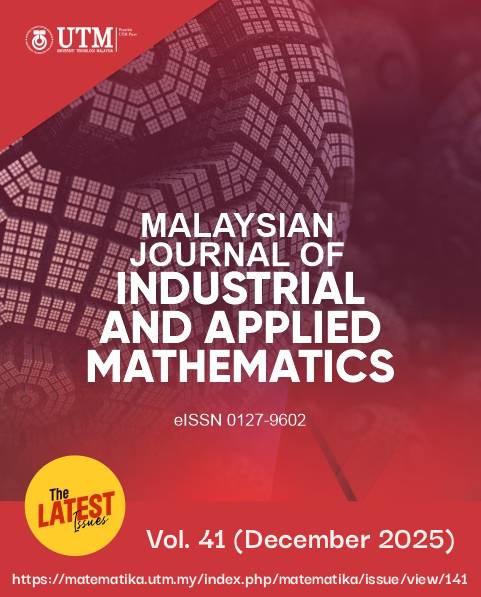Point Source Heavy Metal Migration in Soil with Adsorption and Desorption under Neumann Boundary Condition
DOI:
https://doi.org/10.11113/matematika.v41.n3.1667Abstract
Heavy metal pollution has always been a serious global environmental issue worldwide, and many scholars have demonstrated the feasibility of advection diffusion equation (ADE) to describe its transport in soil. In previous models, for boundary conditions involving instantaneous release of the source term, Dirichlet boundary condition was often used. This study examines Neumann boundary conditions, focusing on the evolution of concentration gradients, the influence of retardation factors, and the effect of the particle release ratio. Initially, sharp concentration gradients form near the point source, with the peak concentration shifting over time as the contaminant front progresses. Lower retardation factors increase migration speed and broaden the contaminant distribution. Additionally, a higher particle release ratio leads to higher local concentrations, underscoring the significant impact of soil porosity on contaminant transport. These findings provide insights for developing more accurate predictive tools for environmental remediation of heavy metal pollution.


















